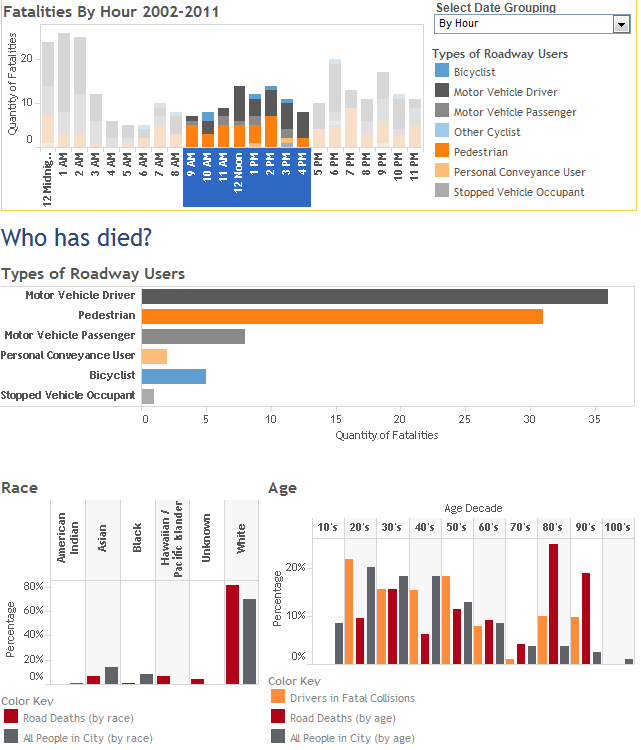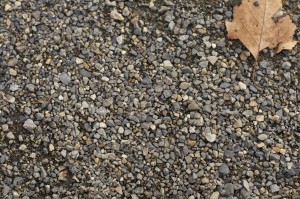This is a guest post by Billy Johnson.
As announced earlier this year by our readers – Seattle’s most dangerous intersection is Denny Way and Terry. While we have been active in promoting safer streets and pedestrian-friendly projects through advocacy with the City Council – today we’d like to offer a gentle reminder about our own behavior than can keep us safe.
It’s not easy to multi-task — at least, not to do it well. Nowhere is that more evident these days than when people are using technology while walking. The National Safety Council reports over 1,000 pedestrian injuries each year due to technology distraction. It only takes a few seconds to become distracted, but the consequences can last a lifetime.
Legislators and safety organizations have been working to raise awareness about how dangerous it can be to use a mobile device while walking. Many of us are familiar with Seattle’s Pedestrian Master Plan (PMP) – http://www.seattle.gov/transportation/pedMasterPlan.htm – which is working to make Seattle one of the most walkable cities in the nation.
On September 2, 2015, the Seattle Pedestrian Advisory Board (SPAB) reviewed an updated presentation regarding the Pedestrian Master Plan that places an INCREASED emphasis on safety. In consideration of the most recent data available, they felt it necessary to adjust strategies to place even greater focus on those improvements that result in improved pedestrian safety. You can view the updated presentation here: http://www.seattle.gov/transportation/docs/PMP_SPAB_Workshop2_09.02.15.pdf
But we have to do our part as attentive walkers. You may think this doesn’t apply to you or that you are always cautious while crossing an intersection. Are you really? What about that time your phone rang and in attempts to answer you narrowly escaped a close call?
For example, a study of over 34,000 students crossing the street in a school zone found that one in five high school kids and one in eight middle school kids crossed the street while distracted: 39 percent of them were distracted because they were texting, another 39 percent were distracted because they were wearing headphones, 20 percent were using their phones and 2 percent were playing on gaming devices. In fact, older teens now account for 50 percent of all pedestrian deaths among kids age 19 and under.
“Look Up!” Other communities across the country are also looking at ways to improve pedestrian safety by expanding both enforcement and advocacy initiatives. Several months ago, Fort Lee, New Jersey, police began ticketing $85 for careless walking. As students have arrived back at Universities this Fall, Kentucky legislators are working on new legislation to better protect pedestrians. Delaware tried to get people’s attention by placing 100 large stickers with the words “LOOK UP” on sidewalks near intersections in three cities.
The National Safety Council (NSC) considers distracted walking a “significant safety threat” and notes one study that found there were more than 11,000 distracted-walking injuries involving mobile phones between the years 2000 and 2011. Some of the resulting dislocations, broken bones, strains, sprains, concussions and contusions were serious enough to require visits to the emergency room. Almost 70 percent of those injured are women, and 54 percent are people ages 40 or younger. While cell phone distracted walking injuries were most common among women and those ages 40 and younger, the study found the issue is impacting all age groups.
Many who think they can avoid obstacles by using their peripheral vision neglect to notice the dangerous right in front of them.
Putting your head up and your cell phone down is an easy way to help reduce pedestrian injuries in Seattle. While it’s anticipated that our dependence on smart phones isn’t going to wane any time soon, safety is everyone’s responsibility. Remember, when teaching your kids to look both ways before crossing the street, also tell them to put their devices down – and lead by example. No message or status update is worth your health… which is one important reason we’re working hard for safer streets in the Seattle community.











